Anuj Bhatia is a personal technology writer at indianexpress.com who has been covering smartphones, personal computers, gaming, apps, and lifestyle tech actively since 2011. He specialises in writing longer-form feature articles and explainers on trending tech topics. His unique interests encompass delving into vintage tech, retro gaming and composing in-depth narratives on the intersection of history, technology, and popular culture. He covers major international tech conferences and product launches from the world's biggest and most valuable tech brands including Apple, Google and others. At the same time, he also extensively covers indie, home-grown tech startups. Prior to joining The Indian Express in late 2016, he served as a senior tech writer at My Mobile magazine and previously held roles as a reviewer and tech writer at Gizbot. Anuj holds a postgraduate degree from Banaras Hindu University. You can find Anuj on Linkedin. Email: anuj.bhatia@indianexpress.com ... Read More
Tech’s biggest winners and losers in 2024
This year saw tech companies innovate with devices and tackle AI in their own ways. Here’s a look at what worked and what backfired.
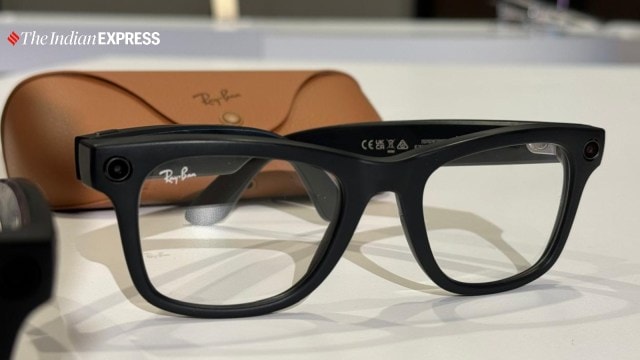 Meta's Ray-Ban glasses have proven to be a rare success at a time when Apple and others have struggled with their high-end mixed-reality headsets. (Image credit: Anuj Bhatia/Indian Express)
Meta's Ray-Ban glasses have proven to be a rare success at a time when Apple and others have struggled with their high-end mixed-reality headsets. (Image credit: Anuj Bhatia/Indian Express)AI defined 2024 — more or less. The speed and accessibility of AI tools made further inroads into everyday tech lives as the hype around generative artificial intelligence technology finally started to settle. Not even politics was spared, as AI-generated memes flooded social media during the US presidential elections. It was also the year that saw the rise of new tech players, while the old guardians began to take a backseat, unable to adapt to the change.
As the world moves toward a more regulated environment amidst chip wars and governments dictating terms, the question remains: can tech companies still innovate, especially as antitrust laws grow stronger and additional regulations come into place?
Here are the biggest winners and losers in the tech world in 2024.
Winners
Nvidia’s emergence
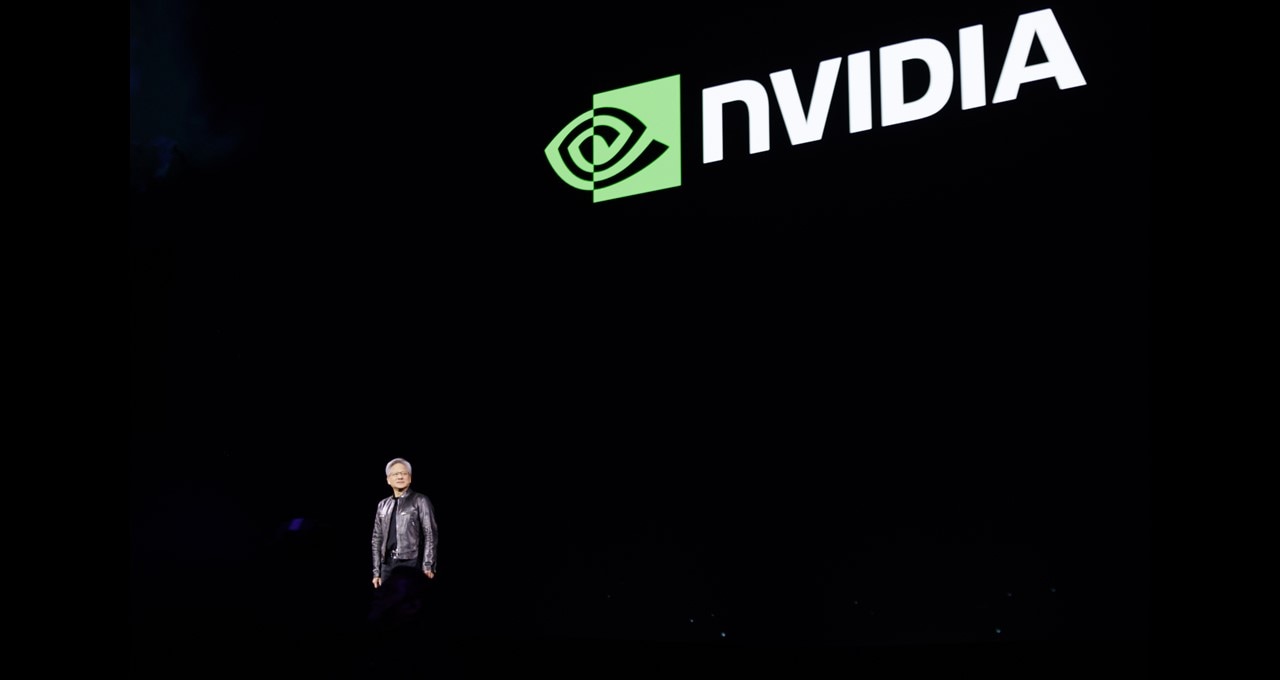 Jensen Huang, chief executive officer of Nvidia Corp, speaks during the GTC summit. (Image credit: Nvidia)
Jensen Huang, chief executive officer of Nvidia Corp, speaks during the GTC summit. (Image credit: Nvidia)
2024 was the year of Nvidia — both as a tech company and as a stock. The company’s rise may have come as a shock to many, but Nvidia had been performing well for years, even if Wall Street only recognised its potential during the AI gold rush. Nvidia designs graphics processing units (GPUs), which have become the backbone of AI infrastructure, making them ideal for training large language models (LLMs) and running AI inference. Demand for GPUs is primarily driven by large-scale tech companies such as Microsoft, Google, Amazon, and Meta, as well as well-funded startups like OpenAI and Elon Musk-backed xAI, all racing to create the most powerful AI models. This is why Nvidia’s next-generation Blackwell GPUs are experiencing unprecedented demand.
Moreover, growth isn’t expected to slow down anytime soon, as Nvidia’s biggest customers plan to spend billions of dollars building data centres to support the anticipated surge in AI demand. Experts believe Nvidia has been the main beneficiary of the artificial intelligence boom, with shares up about 150 per cent year-to-date, propelling its market cap to exceed $3 trillion, joining the ranks of Apple and Microsoft. Nvidia’s chief executive, Jensen Huang, is confident that AI will be tech’s next big boom. However, the company’s continued success depends on whether the massive investments made by tech giants ultimately translate into profits, and whether generative AI will become mainstream as anticipated by the industry. Only time will tell.
Bluesky’s rise
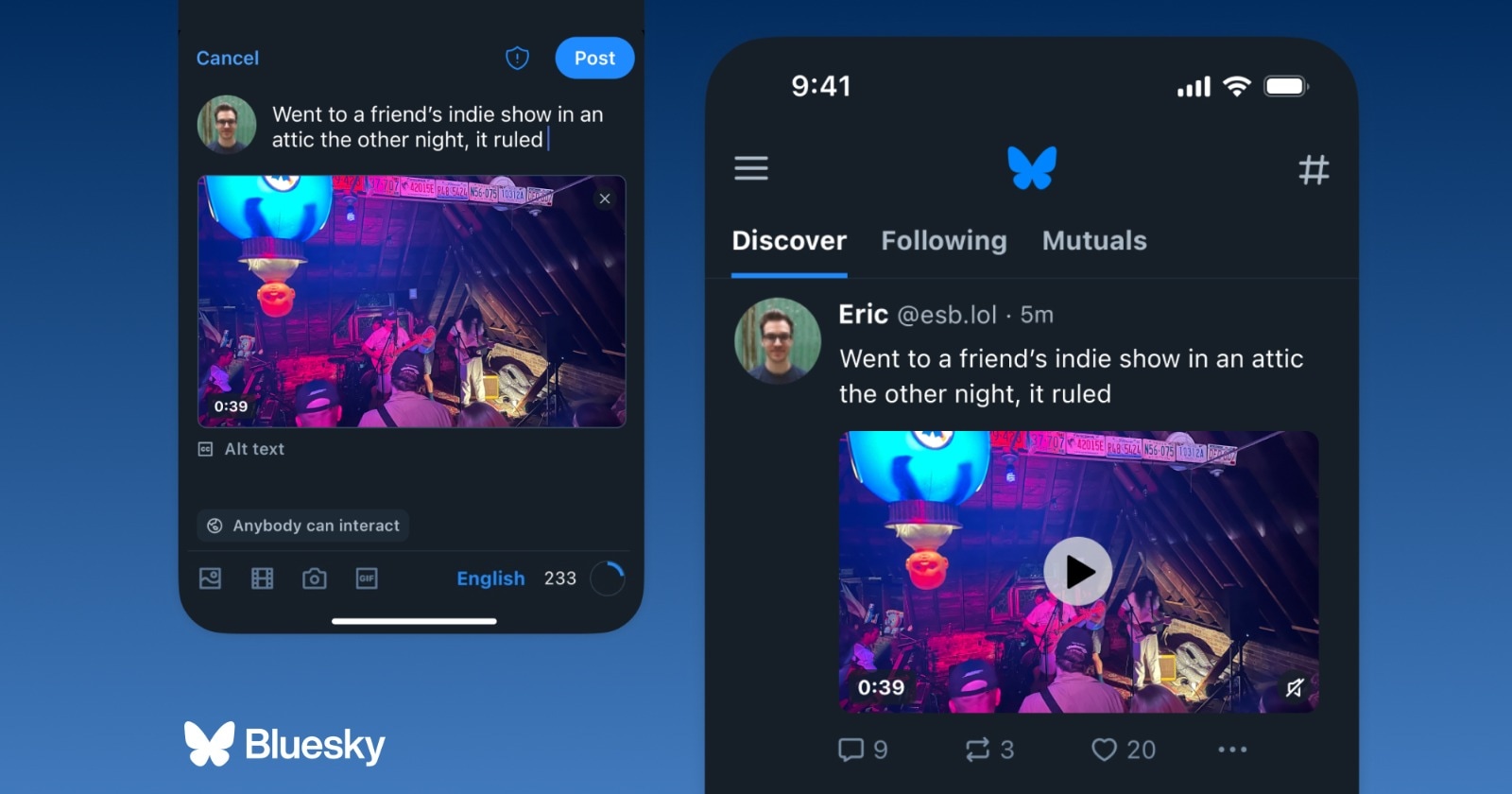 Bluesky has emerged as an alternative to Musk’s X. (Image credit: Bluesky)
Bluesky has emerged as an alternative to Musk’s X. (Image credit: Bluesky)
It was an invite-only social platform until it opened to the public in February, and by the end of the year, the micro-blogging site had become the fastest-growing social platform, with a user base of well over 25 million as of December 2024. Its decentralised model, easy-to-use interface, and user-first policies helped Bluesky attract both new users and those migrating from X. While Bluesky’s user base remains a fraction of its rivals, its appeal to journalists, politicians, and activists played a significant role in the platform’s growth.
Bluesky has ambitions to surpass X by creating a new standard — what it calls “a protocol for public conversation.” Although Bluesky is attempting to reimagine how a social platform works and is working toward interoperability, it remains to be seen whether the company can sustain its growing user base while keeping the platform open and free from bias.
An improvement in AI tools and platforms
 Alphabet CEO Sundar Pichai delivers a keynote presentation during the annual Google I/O developer conference in Mountain View, California. (Image credit: Anuj Bhatia/Indian Express)
Alphabet CEO Sundar Pichai delivers a keynote presentation during the annual Google I/O developer conference in Mountain View, California. (Image credit: Anuj Bhatia/Indian Express)
It was the year when Apple rolled out its AI suite of features, dubbed Apple Intelligence, and, well, it wasn’t a smooth ride. However, 2024 truly belonged to Google and OpenAI, as both companies kept everyone on their toes with back-to-back AI releases and new models. While last year served more as a precursor to AI and its potential, this year saw applications and features become more practical and helpful.
AI still remains in the experimental phase, a fact that tech companies did not attempt to hide. Features like Gemini in Gmail, which helps refine content, or in Docs, where it can summarise files and folders, make AI feel like it’s genuinely trying to be useful. However, OpenAI’s GPT remains the gold standard, offering capabilities ranging from reasoning to coding at your disposal. It’s starting to feel like AI isn’t just hype but a valuable tool, although its usage still largely depends on consumers and varies case by case.
Meta’s Ray-Bans channel ‘AI’
 Meta’s Ray-Ban smart glasses took everyone by surprise with their popularity. (Image credit: Anuj Bhatia/Indian Express)
Meta’s Ray-Ban smart glasses took everyone by surprise with their popularity. (Image credit: Anuj Bhatia/Indian Express)
If there was one device that deserved to be named Gadget of the Year, it had to be Meta’s Ray-Ban smart glasses. While they aren’t VR or AR glasses, Meta did not ever try to market them as such, and that’s what worked in favour of the Ray-Bans. These smart glasses became the kind of everyday glasses consumers may want to wear: lightweight, practical, sleek, stylish, and accessible (starting at $299, if not exactly inexpensive). These Ray-Bans come with camera and audio features but don’t have displays. A bonus was the AI features, which, needless to say, genuinely work.
As Meta continues to push new generative AI capabilities and software updates, the glasses are only getting better. It wouldn’t be wrong to say that Meta did what Apple managed to do back in the day with the iPod. The iPod wasn’t just a music player but a device that showcased how software drives hardware. Meta has something similar: these are glasses first, cameras and headphones second, and AI is the software — a first step toward experiencing generative artificial intelligence.
Losers
AI-first devices were doomed to fail
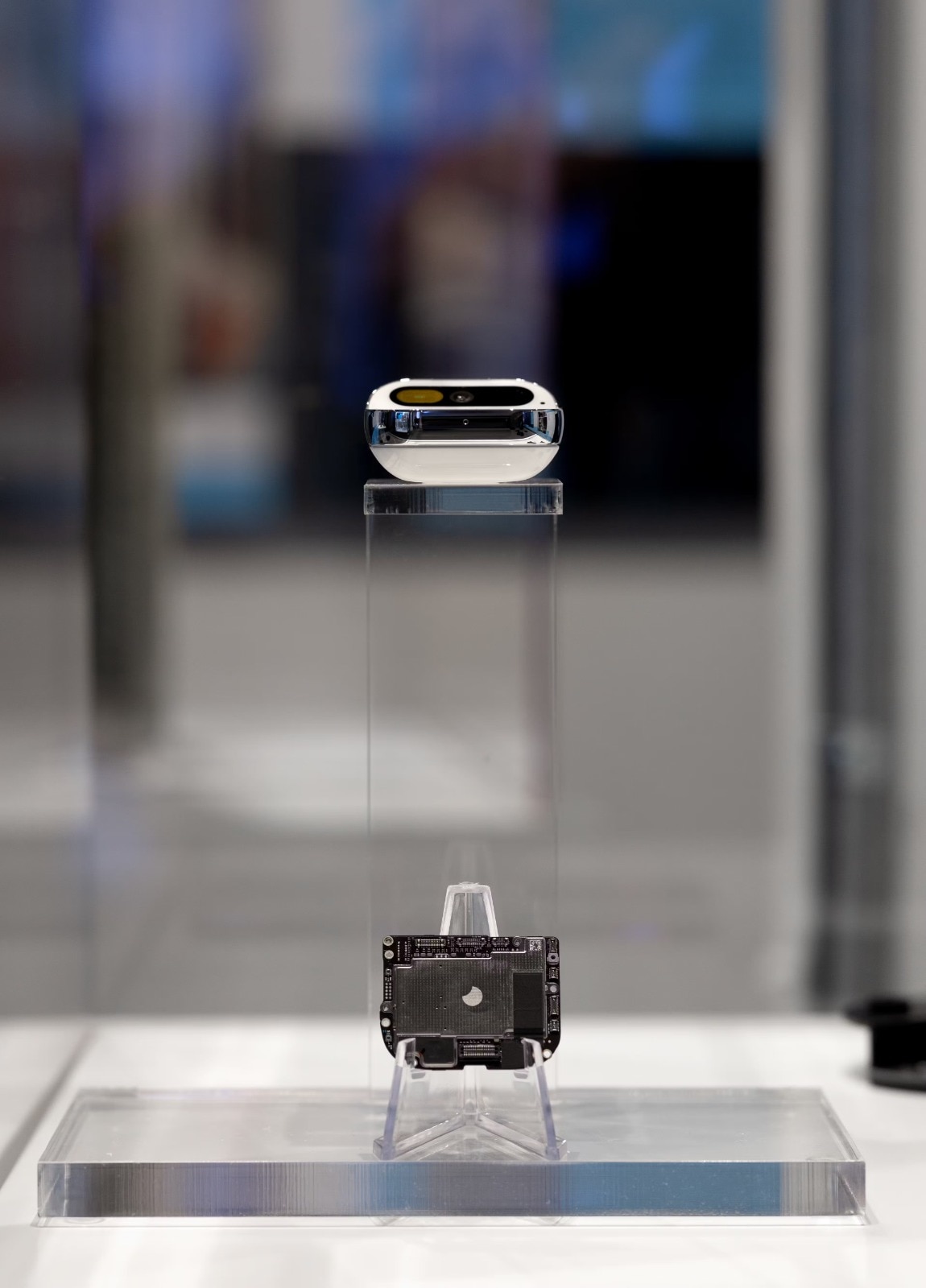 Humane’s Ai Pin was supposed to free people from smartphones, but the device failed to live up to the hype. (Image credit: Humane)
Humane’s Ai Pin was supposed to free people from smartphones, but the device failed to live up to the hype. (Image credit: Humane)
The failure of the Humane AI Pin and Rabbit R1 highlights the flaws in the mindset of creating consumer-oriented artificial intelligence devices when AI can already be experienced on smartphones without compromise. Both devices were over-hyped and projected as the beginning of a new wave of products, designed from the ground up to take advantage of AI. However, neither device stood out — not because they were bad, but because the idea of AI-first devices was flawed.
Humane, a Star Trek-like gizmo — a chest-worn, screen-less device — was a bigger failure. The device had overheating issues from day one, was overpriced, and lacked compelling features. Rabbit R1, on the other hand, could have been just a smartphone app, and the hardware made no sense. Although these AI “communicator” devices sounded like a great idea on paper, the actual devices were subpar, and the purpose behind them never fully clarified what they were trying to achieve. In reality, these AI devices tried to replace smartphones, and that was the biggest mistake.
Intel’s ‘quick-fix’ didn’t help smooth return
 Intel CEO Pat Gelsinger has retired from the company after the struggling firm ousted the veteran executive without providing any explanation. (Image credit: Intel)
Intel CEO Pat Gelsinger has retired from the company after the struggling firm ousted the veteran executive without providing any explanation. (Image credit: Intel)
With an abrupt sacking of the CEO, thousands of job cuts, the ‘AI PC’ barely making an impact on the PC market, and losing out to Nvidia — Intel has had one of the worst times in tech. The veteran semiconductor heavyweight has reached a point where it is losing out to the competition and is no longer ahead of the technological pack, having missed the AI transition.
Intel will survive (for now), and government subsidies from the CHIPs Act, along with investments from hedge funds like Brookstone and Apollo, which have invested in the foundry business, will help. Intel is now reeling from the loss of Apple as a client and is under pressure to compete with ARM-based computing chips from Qualcomm. Intel was once the leader—but it is no longer the future of personal computing.
Time up for low-end (smart)watches and homegrown brands
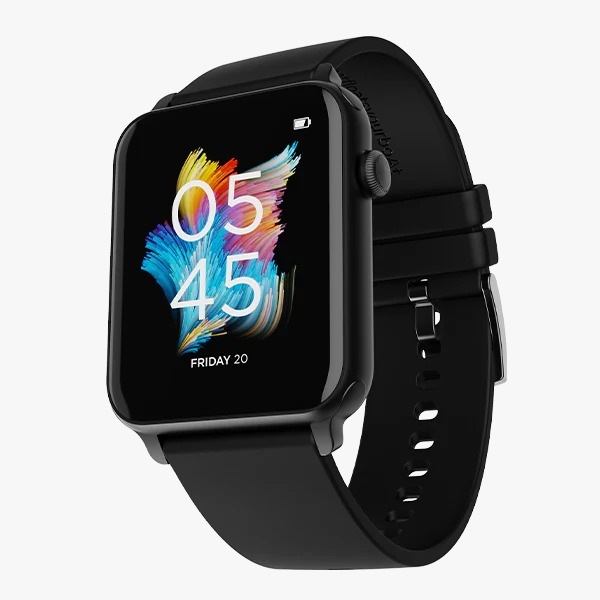 Consumers have finally realised that low-end smartwatches aren’t real smartwatches. (Image credit: boAT)
Consumers have finally realised that low-end smartwatches aren’t real smartwatches. (Image credit: boAT)
The smartwatch market was on fire, a segment that had seen roaring growth in India and possibly made many homegrown companies and their co-founders land on reality shows like Shark Tank. However, nobody thought the once-booming smartwatch segment would nose-dive, and the market never seemed to return to its previous high. This happened in India, the second-largest wearables market after China.
Each quarter saw a decline in smartwatches, especially those in the low-end segment. There was a time when consumers rushed to retail stores and online to buy smartwatches, mostly white-labelled but sold as branded and available at very affordable prices. This continued for two to three years, but consumers soon realised that the smartwatches they bought were substandard and barely had any smart features built in.
The lack of innovation, along with the fact that companies like Noise and boAt, which made a name for themselves in the domestic market, have become more of traders than actual tech companies, highlights once again how Indian companies struggle to compete with US-based tech giants. This time, however, they can’t shift blame to Chinese companies and play the victim. After all, these domestic companies did sell smartwatches in the millions but failed to create a compelling product that could compete with smartwatches from Apple and Garmin.
CrowdStrike outage
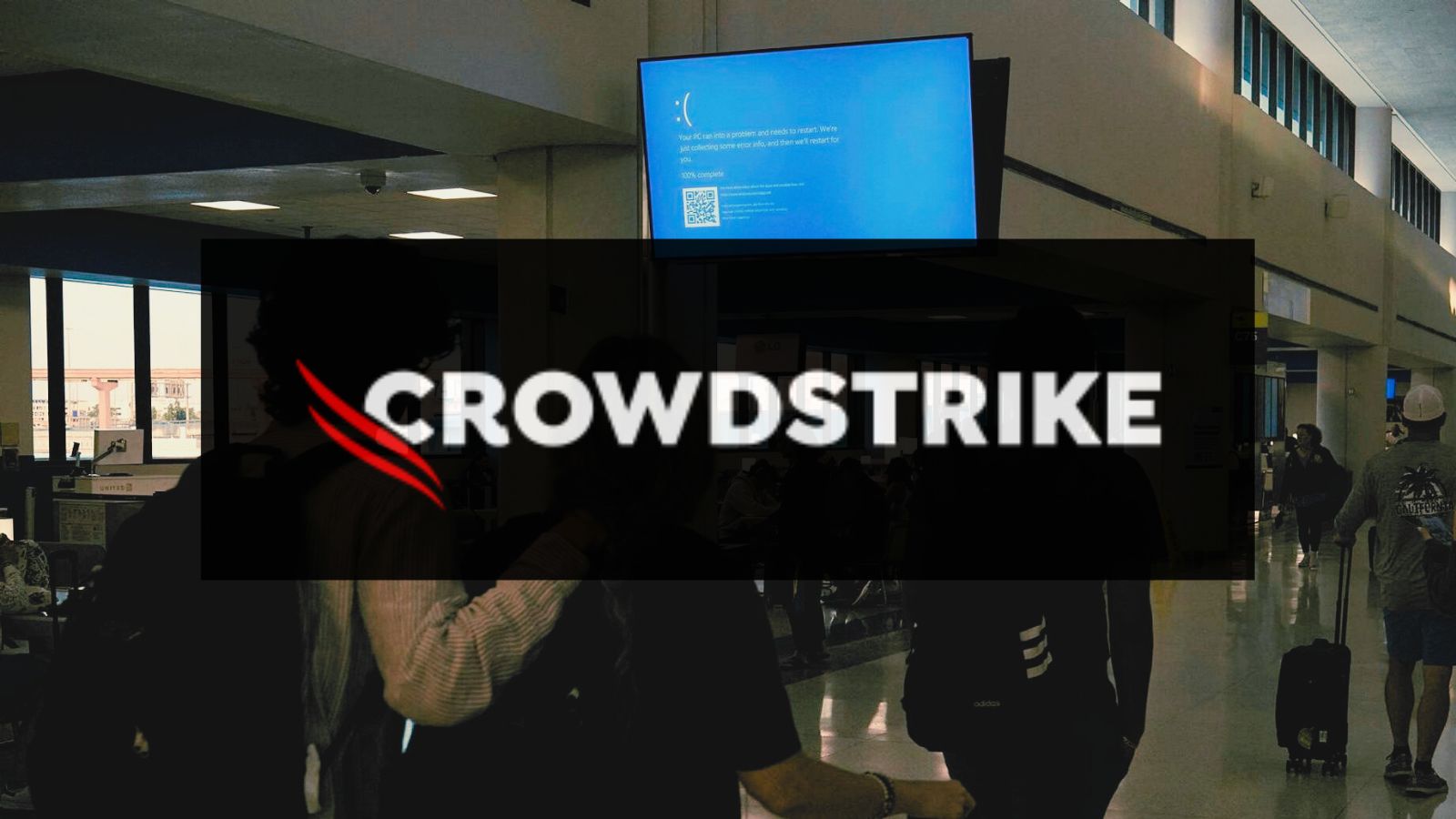 CrowdStrike released information to fix affected systems last week, but experts said getting them back online would take time as it required manually weeding out the flawed code. (Image Source: Reuters/Express Photo)
CrowdStrike released information to fix affected systems last week, but experts said getting them back online would take time as it required manually weeding out the flawed code. (Image Source: Reuters/Express Photo)
One event that shook the entire world and jolted the aviation industry, in particular, was the global CrowdStrike outage. A faulty software update from the cybersecurity company CrowdStrike disrupted computers running Microsoft Windows, leading to the cancellation of flights for days and the suspension of travel for millions of passengers. The outage was so massive that it was deemed the largest IT outage in history. Not only did it dent CrowdStrike’s reputation, but it also tarnished Microsoft’s image.
The CrowdStrike outage was a significant lesson for the tech industry. This incident highlighted how faulty software can cause major disruptions to critical computer systems. It also exposed cracks in the internal testing processes for software updates before they are rolled out. Perhaps more importantly, this IT outage raised serious questions about how well-protected our systems are against cybersecurity threats.








